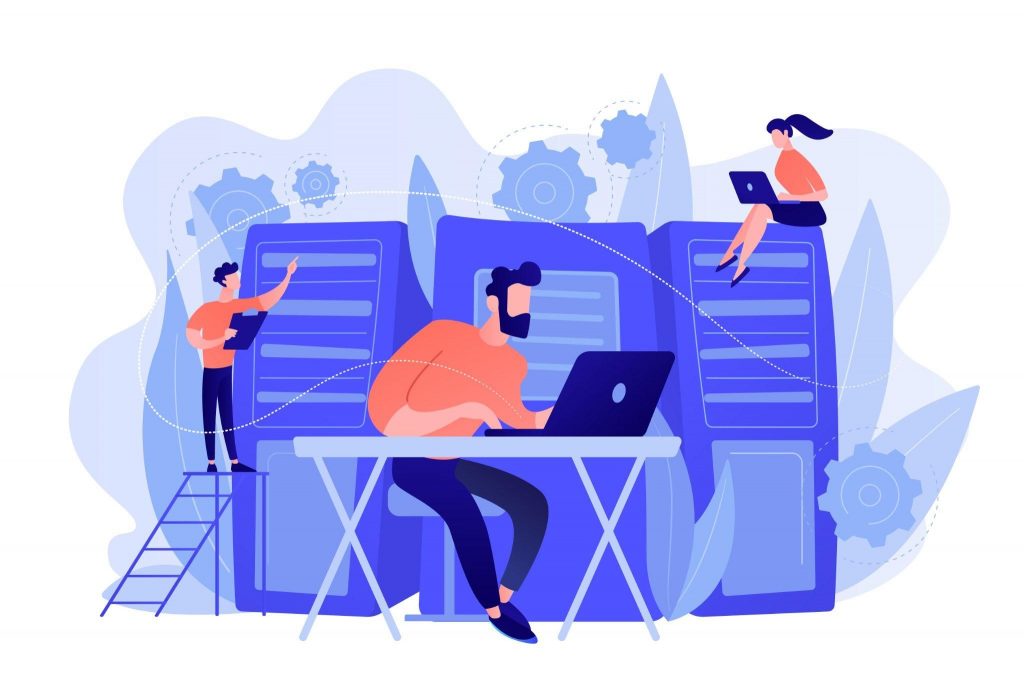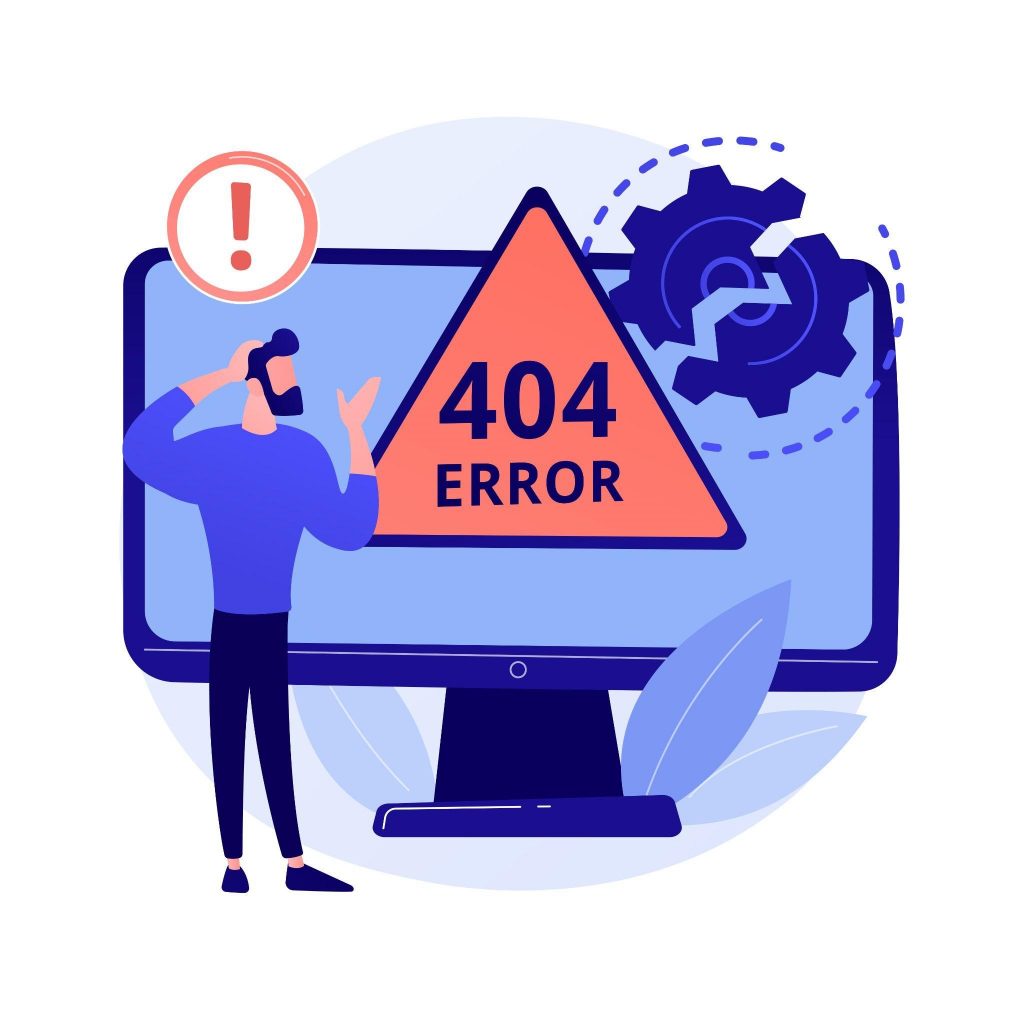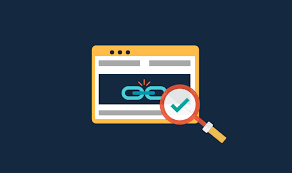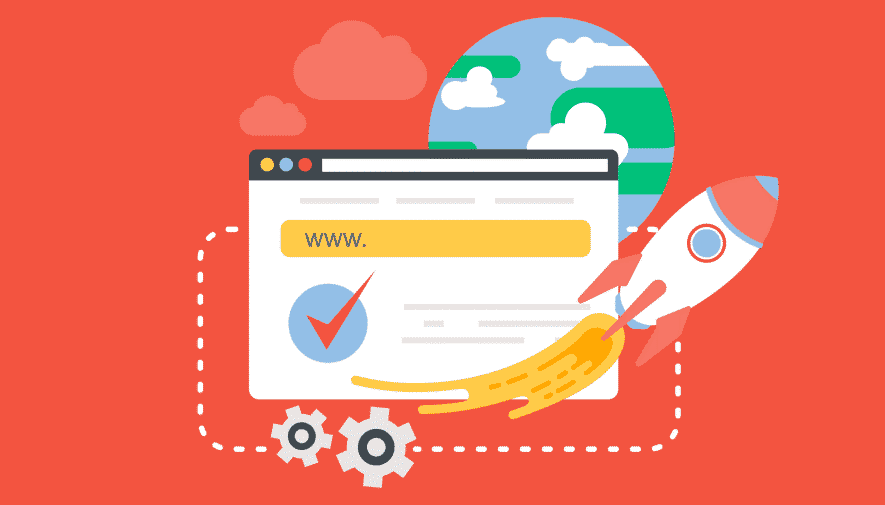
According to the data, if your website takes longer than 2 seconds to load, the bounce rate can increase up to 32%. The same bounce rate can go up to 90% if the website takes longer than 5 seconds to load. And anything beyond that is a tragedy — Google will never rank your site!
Over the years Google has become quite rigid about the user experience a website offers. From streamlined navigation to the readability, site’s security, and loading speed, everything falls under the umbrella term User Experience.
No matter how impressive your content is if it takes longer to load, Google will never push it to the top.
So, if you are looking for ways to boost your website’s performance and render a top-notch experience to every visitor on your website, you are at the right palace.
Best Practices to Speed Up Your Website
As a web development agency in Dubai, we follow the following practices to improve a website’s performance:
- Choose the Right Hosting Provider
A lot of times our clients approach us when their website is slow, pages are taking longer to load. They made a mistake at the time of development for which they pay in the future — they chose a cheap hosting provider or package.

If you expect your website to get thousands of visitors every day, you ought to get more bandwidth, a high-performance server, and 24/7 technical support from your hosting provider.
Naturally, every hosting provider claims to be the best out there. It’s your job to do some research and pick the best option within your budget. If your current hosting service is not living up to your expectations, it’s time to switch to better hosting.
- Reduce the Number of HTTP Requests
HTTP requests create unnecessary load and slow up your website. Basically, these requests fetch different parts of the pages, like stylesheets and scripts, and create a connection between the browser and the web.

Browsers have limits on the number of parallel network requests. In case there are too many requests queued up, some of them will be blocked. Remove unnecessary images, JS files, fonts, etc. from your website. The same goes for WordPress plugins.
Besides removing the unnecessary stuff, you should optimize the rest. Compress the CSS and JS files. Monitor and identify the HTTP requests causing slow loading issues and optimize other elements to improve website performance.
- Use a Well-Optimized WordPress Theme
WordPress powers a whopping 64.1% of websites on the internet. If you also have a WordPress website, you will be using paid or free themes. One feels awestruck at the quality of design and functionalities he gets even in the free themes.

But don’t forget that these come at a cost; they add a bit of extra weight to your site. Custom page builders, plugins, and extra functionalities can make your website slow. So be careful which theme you choose for your website.
And if you feel your theme is the culprit behind your website’s poor performance, migrate to another theme.
- Avoid Landing Page Redirects
Not so long ago it was a common practice to create a mobile-friendly version of your website and render a customized user experience for small screen devices. And one had to implement landing page redirects to send the mobile users to the mobile-friendly version.
But today, when static and non-responsive websites have no place in Google, this strategy doesn’t make sense. You can create a single version for all kinds of devices and avoid this hoop that users have to jump through to access your website.
- Fix Broken URLs
A broken URL is a link on your website that no longer works. There could be multiple reasons why it has stopped working. Mostly, it’s because the destination page no longer exists. Whatever the cause is, you should not leave such URLs on your website.

Besides its negative impact on SEO, it can also slow down your website. Too many broken URLs mean you are wasting your crawl budget — Google crawler is for everyone, not just for your pages. The crawler might crawl the broken links and leave aside the most critical pages of your website.
Also, broken links can turn the users off. Imagine visiting a website, intrigued by a certain link, and upon clicking it takes you nowhere. This will eventually lead to an increased bounce rate. You can find out such links manually, or by using Google Search Console.
How to Measure Your Website’s Speed
Optimizing your website for speed is not a once-in-a-moon task. You have to regularly check its performance to make sure any plugin, content update, or redirection has not affected the loading speed.
Here are some of the best website speed testing tools we recommend:
- Pingdom Speed Test
- Google PageSpeed Insights
- Uptrends
- WebPageTest
- GTmetrix
- Varvy Pagespeed Optimization
- dotcom-monitor
- Site 24×7
- Yellow Lab Tools
- DareBoost
- Website Audit
- Uptime
- Google Chrome DevTools

Even if you are not a techy person, optimizing your website for high performance performance isn’t a big deal today. You can use plugins for a WP site and optimize the different components to reduce the load.
However, if you still feel reluctant to do it yourself, consult an experienced web development agency to get the job done smoothly.




More Stories
Grow Any Business : Email Marketing Services | 2024
Mobile SEO Guide: Ways to Improve Mobile Ranking
How Digital Marketing Actually Works